We're getting another glimpse of Intel’s next-gen Raptor Lake processors , following the discovery of test results for the incoming Intel Core i9-13900K flagship CPU within the Ashes of The Singularity benchmark.
Previous leaks have already indicated that this new flagship processor will feature up to 32 threads, something that has now been further reinforced by the Ashes of The Singularity benchmark results that lists the CPU with 32 logical cores.
We can't completely take this as gospel, as stated by WCCFTech in its own report, as that particular benchmark isn't able to differentiate between physical and logical cores within hybrid processors.
There is also the chance that this could be subject to change, as with any engineering samples that appear in the wild months prior to a full release. As it stands, we're not expecting the official launch of the Raptor Lake series until around Q3 2022 , which gives Intel plenty of time to make any adjustments.
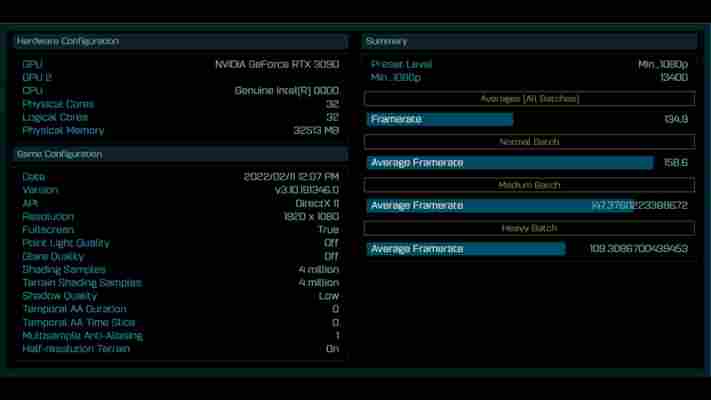
The benchmark states that the Intel Core i9-13900K CPU was tested alongside an Nvidia GeForce RTX 3090 graphics card and 32GB RAM, of which we presume to be DDR5 though nothing actually states as much. Overall, this benchmark doesn't provide us with much new information other than to add weight to existing rumors, but it's certainly exciting to see Intel is testing the product ahead of launch.
It's also worth bearing in mind that Ashes of The Singularity isn't the ideal benchmark to get accurate information on the latest hardware given the age of the benchmark, so we could get a very different picture when the full shelf-ready version is tested in more suitable applications.
It's been previously mentioned in the rumor mill that the 13th-gen flagship will be a 24-core CPU , with 8 performance cores and 16 efficiency cores, so in the latter case, that would be double what the current 12900K has, which would make for a healthy 50% improvement in cores and a 33% improvement in thread count over the previous generation. Incredible if true, but we will have to wait for the official announcement to know for sure.
Analysis: Don’t read much into this just yet
Benchmarks for unreleased products are always exciting as they can give a great insight into what performance we can come to expect when the full version hits the shelves, but this is very early days. The tests were almost certainly run using an engineering sample, so it’s doubtless restricted to slow clock speeds and probably doesn’t reflect the performance of the final product which should emerge later in 2022.
There are also a lot of rumors still floating around that Raptor Lake will be a simple refresh of Alder Lake , as much as the above tests would suggest otherwise. This is a very roundabout way of saying that we really don't have an accurate insight as to what could be released later this year.
That said, Intel can't afford to be complacent. AMD's processors are steadily gaining market share thanks to their high quality and more affordable prices (when not being scalped due to low production), so team Blue will have to start ramping up and getting innovative if it wants to make some similar waves in the industry.
Uncharted first reactions: here's what the critics thought
Uncharted , the long-awaited movie adaptation of the hugely successful video game franchise, is in theaters from today (February 11).
Although British critics got to see the adventure in screenings this week, reviews for the movie were embargoed until 6am (BST) this morning. That is never a good sign and so it has proved with the movie getting a mauling from reviewers.
Uncharted is based on Naughty Dog’s immensely popular video game franchise and follows treasure-hunter Nathan "Nate" Drake as he travels around the world to uncover various historical mysteries.
In this movie, Drake, who is played by Spider-Man star Tom Holland , partners up with Mark Wahlberg's Victor "Sully" Sullivan. Sullivan, an older explorer and a mentor to Drake, takes the young man on an adventure where they find themselves up against a wealthy, ruthless treasure hunter and his mercenaries as they chase a lost fortune.
The fortune is a vast amount of gold, lost by Portuguese explorer Ferdinand Magellan on one of his many lucrative voyages in the 16th century. Along the way, the pair also find themselves tracking clues that may lead to Drake's long-lost brother, Sam.
A movie take on Uncharted has been in active development for over a decade, so long in fact that Wahlberg, who was once cast as Drake, got old enough to take on the part of his mentor, Sullivan, instead.
Directors have come and gone, including David O. Russell, Free Guy 's Shawn Levy and Bumblebee's Travis Knight. In the end, Zombieland and Venom director Ruben Fleischer has got the thing out of development hell and onto screens.
Sadly, judging by the critics' reactions, they may wish they'd left it there...
What are the Uncharted reviews like?
Bad. Almost exclusively so.
The Guardian's Peter Bradshaw awarded the film two stars , calling it: "A huge greenscreen action-adventure with a reasonable bang-buck ratio, but a box office algorithm where its heart is supposed to be."
His review was kinder than The Daily Telegraph's Robbie Collin , who was scathing about the new adventure, describing it as being made by "a "...pitiless sadist fed a copy of The Da Vinci Code through the Hollywood Marveliser."
Collin also critcized Wahlberg's casting, saying: "As a blue-collar stoic or preening meathead Wahlberg can be terrifically good value, but he proves about as natural a fit for a suave surrogate father figure as would a ballgown for an orangutan."
Ouch.
The Times' Kevin Maher called it "tedious", while Radio Times' Huw Fullerton criticized the choice of Tom Holland to play Drake , saying: "Holland is generally miscast as Drake. While the film tries to add a bit more grit to his wholesome Spider-Man persona – there’s a running “bit” where he chugs down alcoholic beverages, which slightly reminds of a teenager trying to look grown up."
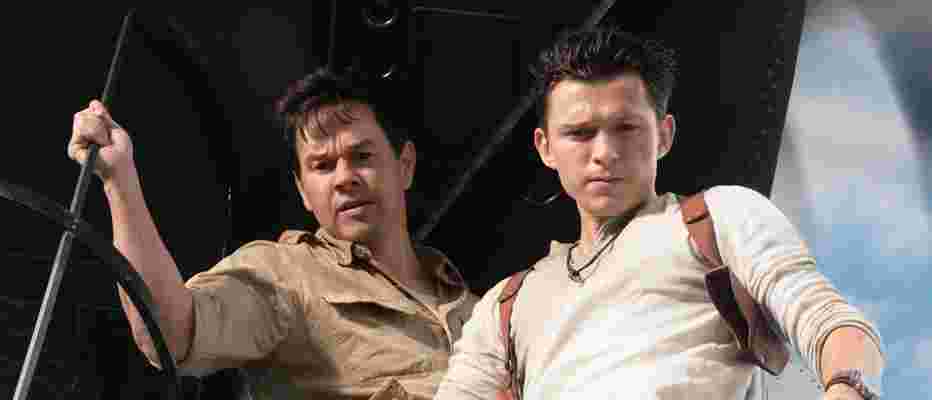
Total Film's Matt Looker was a little kinder, giving the film three stars, saying of the adventure: "Uncharted makes a decent play for filling an Indy-shaped hole in the movie market right now."
His review was something of an outlier, with the Evening Standard's Charlotte O'Sullivan ending her review fearing for Tom Holland's future . She said of the MCU leading man: "He’s too good for this would-be franchise. It’s hard to talk away from this kind of money, but it’s time for him to skedaddle."
TechRadar's own Axel Metz wasn't a fan either, writing that: "Uncharted’s lead actors will leave returning fans cold, and the movie’s lack of identity – save for some smartly choreographed fight scenes – makes it nothing more than mindless, harmless entertainment."
Uncharted is in UK theaters now and hits US theaters on February 18.
Samsung Galaxy S22 vs iPhone 13: Apple and Samsung size each other up
The Samsung Galaxy S22 has been announced, and a subtle reduction in size has pitched it into an even more direct rivalry with the iPhone 13 than previous models.
So which compact flagship phone is the best buy in 2022? We haven’t had a chance to fully put the Galaxy S22 through its paces just yet, but we can form some early impressions based on the specs and associated press materials.
Here’s how we’re seeing this epic battle between what could be the two biggest smartphone sellers of 2022.
Samsung Galaxy S22 vs iPhone 13 price and availability
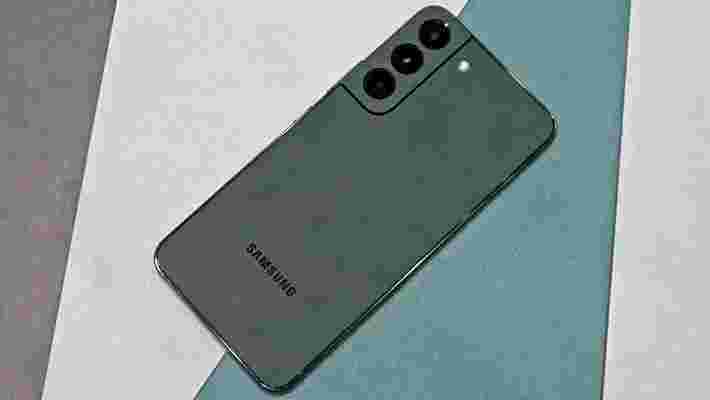
The Samsung Galaxy S22 was announced on February 9, 2022. Prices start from $799 / £769 / AU$1,249 for the 128GB model, and move up to $849 / £819 / AU$1,349 for 256GB.
In the opposite corner we have the iPhone 13, which arrived into this world on September 24, 2021. Prices start from $799 / £799 / AU$1,349 for the entry 128GB model, moving up to $899 / £879 / AU$1,519 for 256GB and $1099 / £1079 / AU$1,869 for 512GB.
So if you're on a budget, the S22 is a hair cheaper, but if you want lots storage only the iPhone has what you need.
Design
Samsung and Apple diverged with their design language choices some years ago.
The Samsung Galaxy S22 has curved edges (though not a curved display), while the iPhone 13 is all flat edges and sharp corners.
Samsung has stuck with its ‘Contour Cut’ camera module on the rear of its phone, which sees it melting into the frame in a pleasing fashion. Apple has gone with a less cohesive and more industrial-looking camera module, comprised of circles framed and lifted by a rounded square.
The chief difference when considering the front of these phones is that the Samsung Galaxy S22 goes with a punch-hole selfie camera, while the iPhone 13 uses a much less subtle notch. Apple may have reduced the size of its notch by 20%, and it might house the brilliant Face ID authentication system, but it’s still a bit of an eyesore compared to the Galaxy S22’s solution.
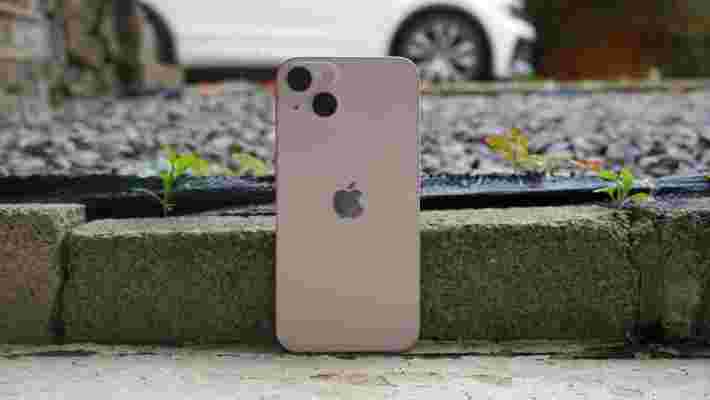
It’s worth emphasizing that both phones look a lot like their immediate predecessors. These are both second-generation designs, though the Samsung Galaxy S22 is a little smaller than the Samsung Galaxy S21 , bringing it closer to the iPhone 13.
The Samsung Galaxy S22 measures 146 x 70.6 x 7.6mm, while the iPhone 13 comes in at 146.7 x 71.5 x 7.65mm. That’s very similar indeed, and both phones are what we’d term compact – at least by modern standards.
There’s a slight difference in weight, with the Samsung Galaxy S22’s 168g making it lighter than the iPhone 13’s 174g. It’s hardly night and day, though.
Both phones are IP68 certified too, so they’ll stand up similarly well to dust and water ingress.
Display
Both of these phones have 6.1-inch AMOLED displays, after Samsung downsized from the Galaxy S21. That’s just about where the similarities end, however.
Apple’s screen is slightly sharper at 1170 x 2532, while the Samsung Galaxy S22 goes with a straight 1080 x 2400, or FHD+.
However, the Galaxy S22 wins back points with a much higher level of fluidity. At 120Hz, it’s literally twice as smooth as the iPhone 13’s slowpoke 60Hz equivalent.
Our iPhone 13 reviewer said that such a feature would have been “nice to have, rather than indispensable”, but it’s still a fairly large advantage for the Samsung. Apple placed just such a feature into its Pro models, after all, so it can’t really be dismissed as trivial.
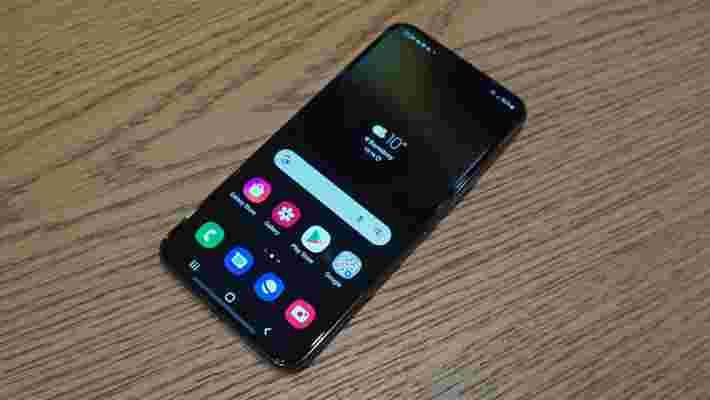
Samsung’s implementation can also drop right down to 10Hz when appropriate, so it’s arguably the more efficient screen of the two.
Another advantage for the Samsung Galaxy S22 is that punch-hole camera, which proves much less distracting when experiencing full-screen landscape content such as movies and games.
We’ll have to wait and see for sure, but the Samsung Galaxy S22 seems to have the better display at this point – especially when you consider Samsung’s peerless track record in this area.
Camera
The Samsung Galaxy S22 has a triple camera system led by a brand new 50MP main sensor.
The iPhone 13’s 12MP main sensor might sound less impressive, but it pulls in 47% more light than the iPhone 12 before it. What it lacks in megapixels, it makes up for in pure light-capturing potential. It also benefits from an advanced sensor shift stabilization system, which it lifted from the previous year’s impressive iPhone 12 Pro Max .
Thanks to these components, the iPhone 13 takes night shots of uncanny clarity. We’ll have to wait and see how good the Galaxy S22’s shots are in challenging conditions, but it faces a tough task overthrowing the iPhone 13 for pure all-environment chops.
Both phones feature 12MP ultra-wide sensors, though the Galaxy S22’s f/2.2 aperture is slightly larger than the iPhone 13’s f/2.4.
But the biggest hardware difference here is the telephoto sensor. The Samsung Galaxy S22 has a 10MP sensor capable of a 3x optical zoom, whereas the iPhone 13 offers no telephoto provision whatsoever.
Around front, the Samsung Galaxy S22 has a 10MP selfie camera, while the iPhone 13 features a 12MP example.
Hardware comparisons aside, this is all going to come down to color science and image processing. Samsung traditionally has a distinctive vibrant look, while Apple is known for its more balanced and naturalistic palette.
Specs and performance
The Samsung Galaxy S22 is powered by either a Snapdragon 8 Gen 1 chipset or Samsung’s new Exynos 2200, depending on the region. Both are 4nm chips with roughly equivalent power.
From what the early benchmark tests are suggesting, neither of these chipsets represents a major advance in performance over their 5nm predecessors. We’ll be running our own tests, of course, but if this holds true then the iPhone 13’s A15 Bionic chipset is likely to come out on top.
Apple claimed at launch that its new chipset was 50% faster than its Android contemporaries, which we take to mean the previous generation of Android chips. Without a significant advance from Qualcomm or Samsung, that gap is unlikely to close all that much.
One interesting crinkle this time around is the Exynos 2200’s AMD GPU, which shares the same RDNA2 architecture as the PS5 and the Xbox Series X . It’s possible this is capable of some graphical tricks that the iPhone 13 and its A15 Bionic can’t match. Whether many developers will feel impelled to exploit this is another matter.
Elsewhere, the Samsung Galaxy S22 has 8GB of RAM to the iPhone 13’s 4GB. As we’ve noted before, such memory comparisons aren’t particularly useful, given the different way in which iOS and Android handle resources.
On the storage front, the Samsung Galaxy S22 offers either 128 or 256GB, while the iPhone 13 adds a 512GB option to the mix.
Battery
Samsung has reduced the size of the Galaxy S22’s battery to just 3,700mAh. That’s still quite a bit bigger than the iPhone 13’s 3,240mAh cell, but then iOS is typically much more frugal than Android.
Indeed, this shrunken battery is probably our biggest worry ahead of our Samsung Galaxy S22 review. Both the Samsung Galaxy S21 and the recent Samsung Galaxy S21 FE underwhelmed on this front, failing to last a full day of intensive usage even with larger batteries. Here’s hoping that more efficient processor and display can make the difference.
Conversely, the iPhone 13 has some of the most impressive stamina we’ve seen from an iPhone in some time. Apple actually increased the capacity of its battery which, along with the more efficient A15 Bionic chipset and that 60Hz-limited display, results in strong battery life.
Our reviewer was typically left with 20% left in the tank at the end of an intensive day of usage.
Samsung has the slight advantage when it comes to charging speeds, but only fractionally. The truth is that at 25W for the Galaxy S22 and 23W for the iPhone 13, neither is competitive with the fastest charging phones on the market.
Neither Samsung nor Apple supplies a charging brick in the box, either.
Both phones support 15W wireless charging, but the iPhone 13 only hits those speeds with a dedicated MagSafe charger. Otherwise, it only extends to 7.5W wireless charging.
Takeaway
Samsung is clearly positioning the Galaxy S22 for a direct fight with the iPhone 13. Its display, proportions, and pricing are all very similar to Apple’s current champ.
Despite this, the Samsung Galaxy S22 is its own phone with its own distinctive offering. Most notably, its display is more responsive than the iPhone 13’s, and it has a telephoto camera for proper optically-zoomed snaps.
But the Galaxy S22 still has it all to prove after a 2021 in which the Galaxy S21 slightly underwhelmed and the iPhone 13 thoroughly impressed. We look forward to finding out if Samsung has upped its game, even as it shrinks its mainstream flagship.